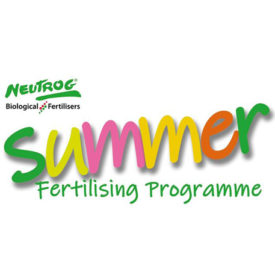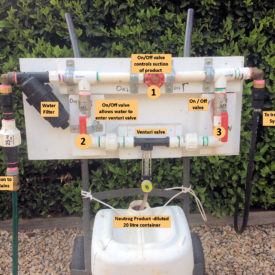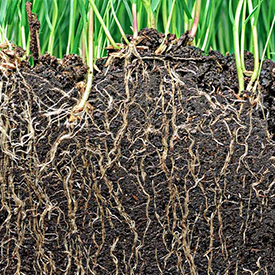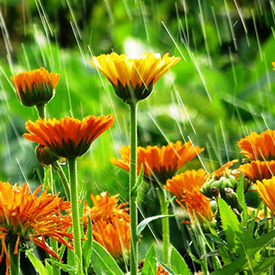Summer Year Round Fertilising Programme

Need to know what to feed your plants during summer? Our Year-Round Fertilising Programmes have been specifically developed by experts who rely upon optimum plant growth to earn their living. Like humans, plants thrive on regular feeding throughout the year – happy, healthy plants are also more resistant to pests and disease. ℹ️ Hint – if you are wanting to achieve even better fertilising results, take the quantity recommended for feeding your plants for the quarter, divide it into 3 equal parts, and apply 1 part in each month of the season. It is not about applying more, but rather, applying more regularly. This way, your plants receive a continual feed of nutrients in order to achieve optimal health. During summer, consider what time of the day you’re watering and for how long. It’s generally better to water for longer, less often and in the mornings. By doing so, the water…






